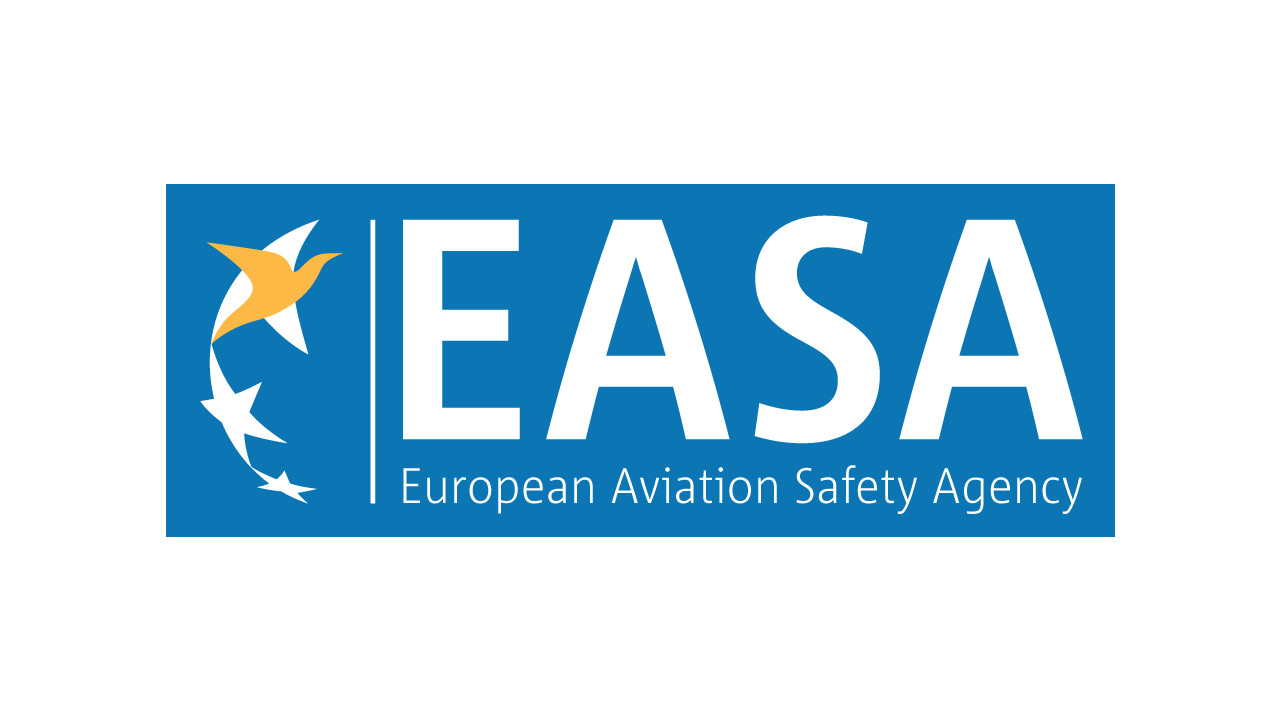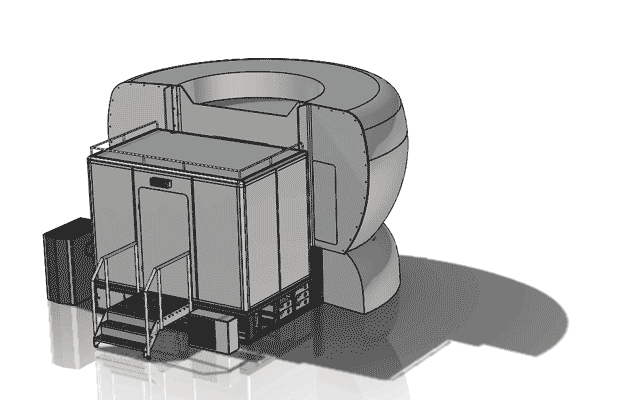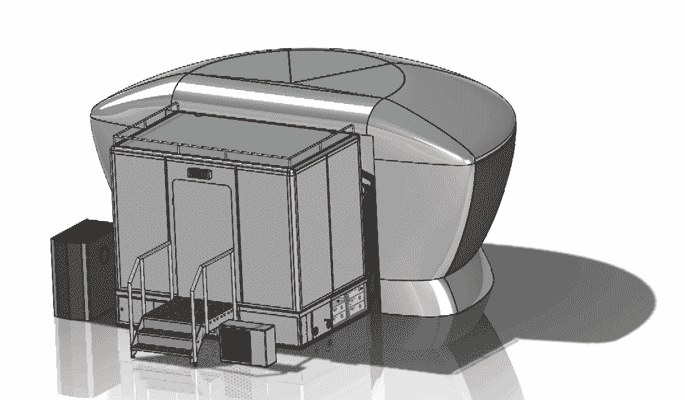Blog Updated April 2024:
Our friends at Traficom have published a series of videos that further explain the updated framework for FSTD training in great detail. At the time of making these videos (Nov 2023), the final rules have not been published yet. The upcoming framework is based on ICAO Doc 9625 and EASA NPA 2020-15. Please note, that the final rules may have differences to the information presented in the videos linked below:
Just before the end of 2020, EASA published the long-awaited Notice of Proposed Amendment (NPA) regarding the paradigm change in aviation training I have written and spoken about over the past years. I am very proud to have been able to contribute and want to take this blog to identify some of the opportunities and changes this Amendment offers.
First and foremost, I want to commend EASA for supporting this effort as alignment with ICAO Doc 9625 rev 4 and the incorporation of Blended Learning have been on the agenda for a long time. They are the first to put pen to paper and provide significant support to the aviation industry through this proposed change.
The many changes in the 427-page document can be summarized in some broader areas, namely:
- Device qualification
- FSTD Capability Signature (FCS)
- Training and operational changes
These 3 areas of course tie into each other but are addressed in different parts of the rulemaking process. Some of these rule changes are subtle but important and are a great step towards Performance Based Rulemaking rather than forcing old-fashioned compliance
The device qualification part, including a large part of the FCS, will be part of revision 3 of the Certification Specifications on FSTD, in short CS-FSTD rev3. The FCS “training part” that matches the device qualification requirements with the training tasks will be published in a new AMC to Appendix 9 to Annex I of part FCL. The changes discussed in this blog are mostly in the context of EASA Flight Crew Licensing (FCL) and Operations (OPS).
One of the most visible changes is that there will a significantly lower reliance on the use of FFS devices. In the AMC3 to Appendix 9 on pages 11 through 18, rather than identifying a training device level, each maneuver or procedure will be identified from both a Testing and Checking (T&C) view as well as from a Training (T) perspective. While Testing and Checking still relies on the use of motion (identified by an “R” in the FCS “motion cue” column), the “Training” line more often than not does not have this requirement and therefore has an “N” for not required in that same column. This simply means that training can be done in Fixed Base Devices and other non-motion training tools with the correct FCS. This is valid for both the Type Rating (FCL) as well as for Recurrent (OPS) training and opens up a whole new world of better and more affordable training by using for-purpose high quality FTDs like MPS has specialized in.
Furthermore, on page 61 of this NPA you can find a small but important change to “AMC2 ORA.ATO.125 Training programme”, which I have copied below and italicized:
(j) Flight simulation training devices (FSTDs)
A type rating course for a multi-pilot aeroplane should include FSTD training.
The amount of training required when using FSTDs will depend on the complexity of the aeroplane concerned, and to some extent on the previous experience of the pilot. Except for those courses giving credit for previous experience (c.2.), a minimum of 32 hours of FSTD training should be programmed for a crew of a multiplot aeroplane, of which at least 16 hours should be in an FFS operating as a crew. FFS time may be reduced if the training objectives can be achieved by other type-specific FSTDs having the required FSTD capability signature (FCS).
The last and maybe most misunderstood part of this proposal is that it will allow for innovation to actually be able to contribute to creditable training, rather than it being an expensive solution for which no credit and therefore commercial interest exists. Rather than writing the requirements from a current technology point of view and limiting what happens next, with this NPA “EASA aims at stimulating innovation and paving the way for emerging technologies, such as virtual reality and artificial intelligence, that offer new possibilities to obtain quality training whilst maintaining the safety level and cost efficiency.”
So in short and as a summary:
- Devices and their use in training are now coordinated through a common taxonomy called the FSTD Capability Signature (FCS)
- Higher standardization of training devices will be achieved, making it easier to match a device type to the intended training use
- Innovation and new technologies can and will contribute to training
- You do not have to rely on using the Full Flight Simulator for all of your training anymore. Use that device where it adds value and where it is required (only where there is an “R” in the motion cue column!)
- Offload the rest of your Type Rating, Recurrent and other training to an FTD or other non-motion device
- Through the Task-to-Tool analysis and matching of the training FCS-need to the device FCS-capability, you can optimize cost, device use and training efforts to provide high quality training in a new way.
I hope this blog post is useful to you as you determine your next flight training steps. Happy 2021 to all!


